Reperfusion Injury Risk Assessment Calculator
Assess Your Risk
Answer these questions to estimate your risk of complications from reperfusion injury after a cardiac event or stroke.
Your Risk Assessment
Key Risk Factors
When blood rushes back to tissue after a blockage, the sudden surge can actually cause more harm than the blockage itself. That paradox is called reperfusion injury, and it throws the immune system into overdrive, leading to a cascade of disorders that many people don’t even realize are linked.
What Exactly Is Reperfusion Injury?
Reperfusion injury is a condition where restored blood flow triggers cellular damage through oxidative stress, inflammation, and microvascular dysfunction. Imagine a city that’s been under a blackout; when the lights snap back on, the sudden surge can fry circuits. In the body, the “circuits” are blood vessels and cells, and the “surge” floods them with oxygen and nutrients that react with leftover metabolites.
The process starts with ischemia - a period where tissue receives too little oxygen. Once the blockage clears, oxygen‑rich blood arrives, and free radicals form in minutes. Those free radicals attack cell membranes, DNA, and proteins, setting off an immune alarm.
How the Immune System Gets Pulled Into the Mix
Immune system disorders are a broad group of conditions where the body’s defense mechanisms become dysregulated, leading to excessive inflammation or auto‑immunity. In the context of reperfusion, the immune system goes from protector to trouble‑maker.
The first responders are neutrophils. They rush to the damaged site, release enzymes, and produce more reactive oxygen species (ROS). Their activity fuels oxidative stress - a state where ROS outnumber antioxidant defenses, causing cellular injury. At the same time, endothelial cells lining blood vessels become “sticky,” allowing more white blood cells to adhere and exacerbate the inflammation.
Key Cellular Players and Their Roles
- Neutrophils: Arrive within minutes, release proteases, and amplify ROS production.
- Macrophages: Switch from a cleaning (M2) mode to a pro‑inflammatory (M1) mode, secreting cytokines like IL‑1β and TNF‑α.
- Complement system: Gets activated by damaged cells, creating membrane attack complexes that further injure tissue.
- Endothelial cells: Lose barrier function, letting plasma proteins leak and trigger edema.
The combined effect resembles a “cytokine storm,” where signaling molecules flood the bloodstream, causing systemic symptoms such as fever, low blood pressure, and organ dysfunction.
Common Disorders Linked to Reperfusion‑Driven Immune Activation
Doctors often see a pattern: patients who survive a heart attack or a stroke develop secondary issues that stem from the same immune over‑reaction.
- Acute myocardial infarction (MI) complications: Post‑MI heart failure is partly driven by chronic inflammation and scar tissue formation.
- Ischemic stroke sequelae: Inflammatory cascades increase the risk of hemorrhagic transformation and delayed neurological decline.
- Organ transplantation rejection: Reperfusion of the graft ignites immune pathways similar to those seen in MI, raising rejection odds.
- Peripheral artery disease (PAD) exacerbations: Re‑occlusion after angioplasty often triggers repeat inflammatory injury.
Treatment Strategies That Target Both Injury and Immune Dysregulation
Because the problem sits at the crossroads of oxygen chemistry and immunity, successful therapies hit both targets.
| Strategy | Primary Target | Typical Use Case | Key Evidence |
|---|---|---|---|
| Antioxidant therapy (e.g., N‑acetylcysteine) | Oxidative stress | Post‑MI, coronary angioplasty | Randomized trials show 15‑20% reduction in infarct size |
| Corticosteroids (short‑course) | Inflammation | Severe cytokine storm after stroke reperfusion | Observational data suggest lower edema rates |
| Remote ischemic conditioning (RIC) | Cellular protective pathways | Pre‑operative limb cuff inflation before cardiac surgery | Meta‑analysis (2023) reports 12% cut in major adverse events |
| IL‑1β antagonists (e.g., canakinumab) | Cytokine signaling | High‑risk post‑MI patients | CANTOS trial: 15% drop in recurrent cardiovascular events |
| Statins (high‑intensity) | Both lipid lowering and anti‑inflammatory | All reperfusion scenarios | Consistent reduction in mortality across large registries |
It’s worth noting that no single drug solves everything. Clinicians often combine a statin, a brief antioxidant infusion, and, when the situation is severe, a steroid burst.
Lifestyle Tweaks That Can Lower the Risk
- Engage in regular aerobic exercise - improves endothelial health and reduces baseline inflammation.
- Follow a Mediterranean‑style diet - plenty of fruits, nuts, and olive oil provide natural antioxidants.
- Control blood pressure and cholesterol - keeps the vessels less prone to sudden blockage.
- Avoid smoking - smoke adds extra free radicals that worsen reperfusion damage.
- Manage stress - chronic stress elevates cortisol, which can dysregulate immune responses.
Even small changes can shift the balance from a destructive immune surge to a more controlled healing process.

Emerging Research Directions
Scientists are now looking beyond classic antioxidants. Some promising avenues include:
- Exosome therapy: Tiny vesicles loaded with anti‑inflammatory miRNAs might reset immune signaling after reperfusion.
- Gene editing (CRISPR‑Cas9): Targeting genes that encode NADPH oxidase could blunt ROS formation at the source.
- Metabolic conditioning: Modulating cellular metabolism (e.g., using ketone bodies) appears to make mitochondria more resilient.
Early‑phase clinical trials report encouraging safety data, but larger studies are still needed before these become routine.
Quick FAQ
Frequently Asked Questions
Why does restoring blood flow cause damage?
When oxygen‑rich blood re‑enters an ischemic area, it reacts with accumulated metabolites and produces reactive oxygen species. These free radicals attack cell structures and trigger an inflammatory cascade that can exceed the original injury.
Can I prevent reperfusion injury after a heart attack?
While you can’t control the emergency event, you can lower the overall risk by taking statins, eating antioxidant‑rich foods, exercising regularly, and managing blood pressure. In the hospital, doctors may give antioxidant infusions or use remote ischemic conditioning to reduce damage.
Is there a test that shows I have reperfusion injury?
Imaging techniques like cardiac MRI or CT perfusion can highlight zones of microvascular obstruction, which are hallmarks of reperfusion injury. Blood markers such as troponin, CK‑MB, and inflammatory cytokines also rise.
Do antioxidants really work?
Clinical trials with N‑acetylcysteine, vitamin C, and edaravone show modest reductions in infarct size, especially when given early. The benefit isn’t huge, but when combined with other therapies it adds up.
What’s the future for treating this condition?
Researchers are testing exosome‑based drugs, CRISPR‑mediated enzyme knock‑downs, and metabolic pretreatments. If early trials hold up, we could see personalized regimens that target the exact immune pathways that go awry after reperfusion.
Understanding how blood flow restoration can backfire gives patients and clinicians a clear roadmap: control the immune reaction, limit oxidative damage, and adopt habits that keep the vascular system healthy. With the right mix of medicines, lifestyle tweaks, and emerging therapies, the fallout from reperfusion can become far less severe.



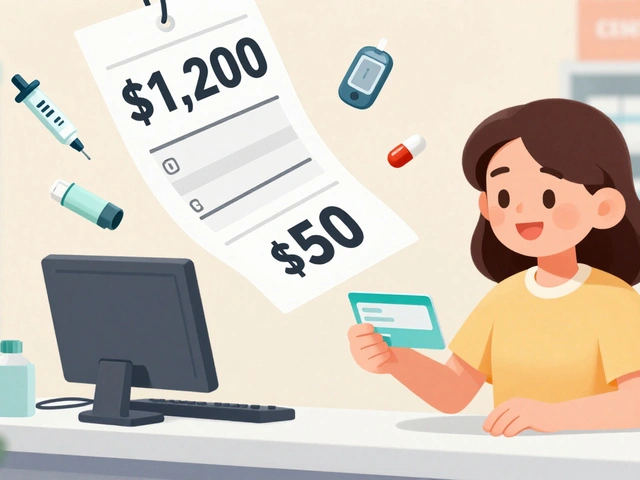

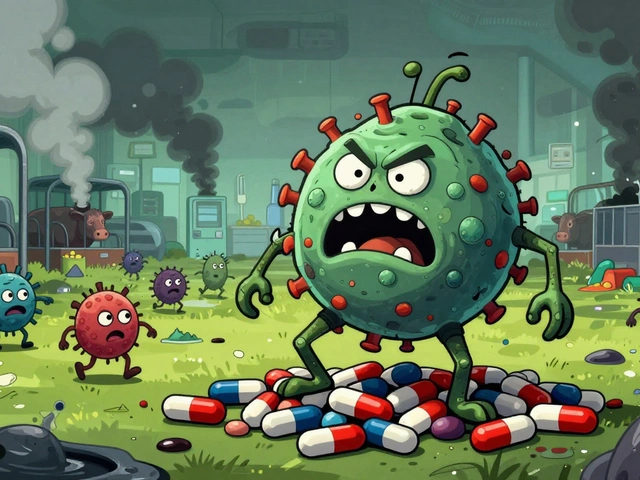
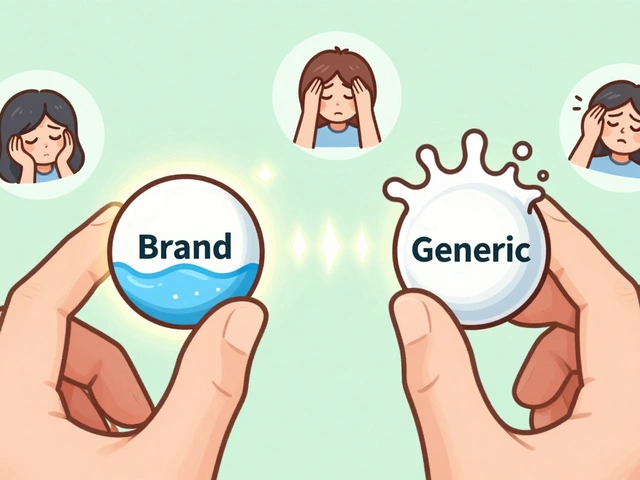
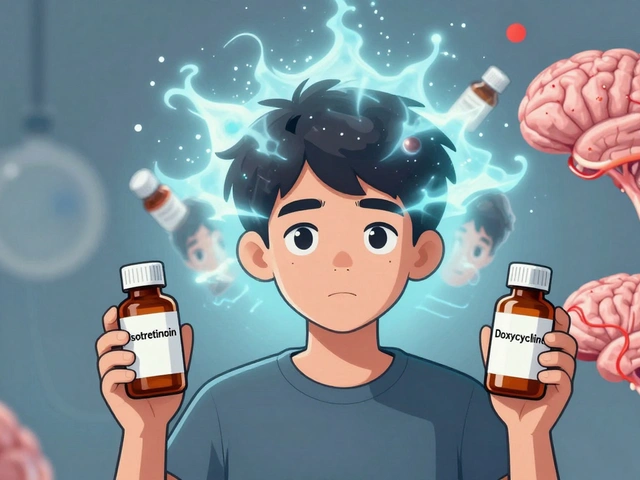
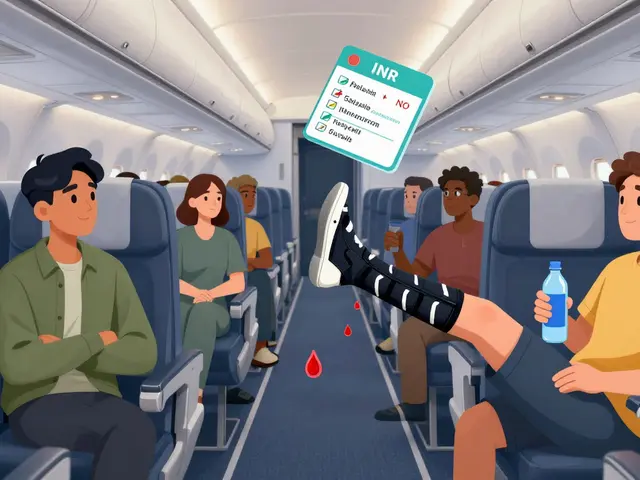
Jana Winter
While the overview is thorough, the article is riddled with imprecise terminology-“oxidative stress” is used interchangeably with “ROS production,” which is scientifically inaccurate. Additionally, the table lacks citation dates, making the evidence base dubious. The discussion on statins glosses over the potential for adverse muscle effects, a notable omission. Overall, the piece would benefit from stricter adherence to proper medical nomenclature.
Linda Lavender
Ah, the symphony of reperfusion, a cacophonous ballet of oxygen, free radicals, and the ever‑so‑imperious immune system-one cannot help but be swept into the grandiose theater of cellular drama that unfolds when a once‑starved tissue is suddenly inundated with life‑giving blood. The author paints a vivid tableau, likening the sudden influx to a city’s lights snapping back on, yet fails to acknowledge the nuanced choreography between neutrophils and macrophages that underpins this pathological concerto. One must admire the eloquence with which the mechanisms of endothelial “stickiness” are described, though perhaps a touch more restraint would have spared the reader from the labyrinthine prose that threatens to obscure the very points of clarity. In the end, the piece is both a masterpiece of scientific narration and a reminder that even the most polished exegesis can become a gilded cage when verbosity eclipses precision.
Jay Ram
Great rundown! It's cool seeing how antioxidants, steroids, and remote ischemic conditioning all play a part-really shows the power of mixing strategies.
Elizabeth Nicole
What stands out is the emphasis on lifestyle tweaks-regular aerobic exercise, Mediterranean diet, stress management-all simple steps that can truly tip the balance toward healing rather than harm. By integrating these habits, patients can actually strengthen endothelial resilience, which may blunt that nasty oxidative surge when blood flow returns. It’s empowering to know that beyond high‑tech interventions, everyday choices hold such sway over the immune response.
Dany Devos
The manuscript, albeit comprehensive, suffers from a lack of rigorous statistical appraisal of the cited studies. In particular, the reported 15‑20% reduction in infarct size following antioxidant therapy is derived from heterogeneous trial designs, rendering the pooled estimate questionable. Moreover, the absence of a systematic review methodology undermines the reliability of the presented evidence hierarchy. A more meticulous approach to data synthesis would elevate the scholarly merit of this work.
Sam Matache
Nice try but the whole “statins fix everything” line is pure hype-if you dig past the hype you see the real data is a mixed bag at best and the author conveniently skips over the adverse event profiles. It's like they glued glitter on a cheap plastic toy and called it a masterpiece.
Amelia Liani
I appreciate the balanced perspective on both pharmacologic and non‑pharmacologic interventions. The explanation of how remote ischemic conditioning activates protective cellular pathways is both accurate and elegantly phrased. Maintaining grammatical precision while delivering a dramatic narrative is commendable, and it helps readers grasp the complexity without feeling overwhelmed.
shikha chandel
All these “studies” are just a façade to keep the pharma giants in control.
Zach Westfall
The cascade begins the moment oxygen-rich blood floods the ischemic zone then the surge of reactive oxygen species tears at membranes causing immediate damage. Neutrophils rush in and unleash proteases that shred surrounding tissue further aggravating injury. Macrophages then flip from a healing mode to an inflammatory stance amplifying cytokine release. The endothelium loses its barrier function allowing fluid to leak and swelling to ensue. This edema not only compresses microvessels but also hinders oxygen delivery worsening the scenario. The body’s own defense becomes a double‑edged sword crippled by its over‑zealous response. Clinical evidence shows that early antioxidant infusion can shave off a few percent of infarct size but it never fully halts the process. Steroids, when used briefly, can calm the storm yet carry the risk of infection if prolonged. High‑intensity statins provide both lipid‑lowering and anti‑inflammatory benefits making them a staple in reperfusion protocols. Remote ischemic conditioning, a simple cuff‑inflation trick, triggers systemic protective signals that reduce major adverse events. Emerging therapies like exosome delivery aim to re‑program immune cells toward resolution instead of chaos. Gene editing approaches targeting NADPH oxidase promise to cut ROS production at the source but they remain experimental. Metabolic conditioning with ketone bodies may bolster mitochondrial resilience during the oxidative onslaught. Ultimately the key lies in a layered strategy that addresses each step of the cascade rather than a single magic bullet. Continued research will determine how best to integrate these modalities into routine care.
Pranesh Kuppusamy
The interplay between oxidative stress and immune activation mirrors the age‑old philosophical dilemma of chaos versus order; we intervene to impose structure yet inevitably unleash new complexities. By embracing a holistic view that acknowledges both biochemical and systemic dimensions we can devise therapies that are not merely reactionary but anticipatory in nature.
Crystal McLellan
lol the whole “new therapy” hype is just a scam dont trust the labs they hide side effects you cant see cuz they dont publish them
Kelly Thomas
Here’s a quick cheat‑sheet: 1️⃣ Antioxidants like NAC blunt the initial ROS surge. 2️⃣ Short‑course steroids tame the cytokine storm after stroke reperfusion. 3️⃣ High‑intensity statins give you lipid control plus anti‑inflammatory firepower. 4️⃣ Remote ischemic conditioning is a low‑tech win-just a blood‑pressure cuff before surgery. Combine these and you’ve got a multi‑pronged shield against the nasty fallout of reperfusion injury.
Alison Poteracke
Great summary! Following these steps can really help patients recover faster and stay healthier.
Marianne Wilson
I must point out that the article glosses over the inconvenient truth that many of these “evidence‑based” treatments were funded by entities with vested interests. The lack of critical appraisal of trial design is a glaring omission that undermines the credibility of the recommendations.
Patricia Bokern
Seriously, it’s like the pharma bigwigs are pulling strings behind the scenes-pumping out “new drugs” while the real fix is just good old lifestyle changes they don’t want you to know about.
Garrett Gonzales
From a mechanistic standpoint, reperfusion injury involves a rapid elevation of intracellular calcium, mitochondrial permeability transition pore opening, and subsequent apoptotic signaling cascades. Targeted inhibition of NADPH oxidase isoforms can attenuate ROS generation, while blockade of IL‑1β signaling via monoclonal antibodies reduces downstream NF‑κB activation. Moreover, preconditioning protocols that upregulate heme oxygenase‑1 confer cytoprotection through biliverdin and carbon monoxide-mediated anti‑inflammatory effects. Integrating these molecular strategies with conventional reperfusion techniques may optimize outcomes in acute myocardial infarction and ischemic stroke patients.
Aman Deep
Life’s paradox is that the very act of healing can become a source of harm, a reminder that balance is the ultimate virtue 😅 embracing both science and mindfulness guides us toward true resilience.